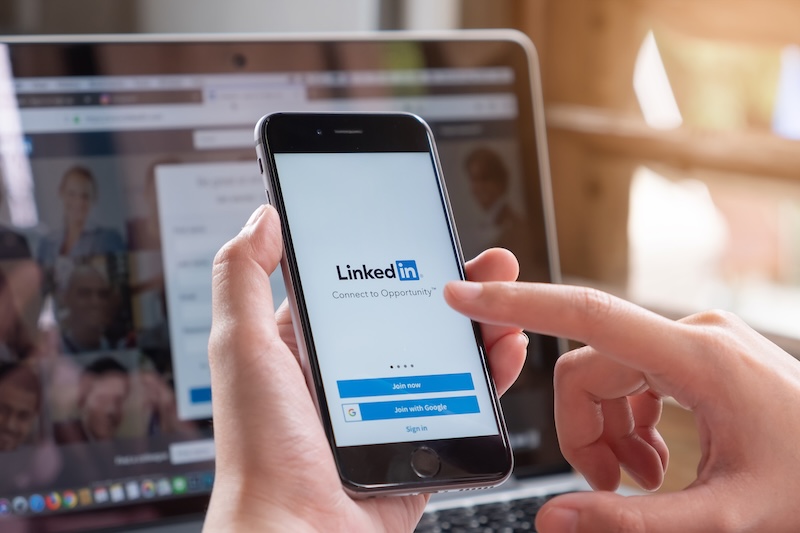How To Protect Yourself From LinkedIn Identity Theft

LinkedIn is a job hunter’s best friend. With over 1 billion members in 200+ countries and territories across the globe, the website is known today as the largest online networking platform for professionals seeking to enhance their careers.
Does that seem just too good to be true? At times, it can be.
Here’s where the trouble starts: When a user registers their profile on LinkedIn, they have to provide a vast array of data beyond work history. This makes LinkedIn a gold mine of private data for potential identity theft. Enter: internet privacy issues.
In this article, we’ll explain the downsides of putting your personal data on LinkedIn, along with what you can do to keep yourself safe online.
Don’t let someone steal personal information from you. We offer monitoring and removal of your data online so you can better protect your identity. Contact us today at 866-349-0130 to learn more.
Be Careful About Sharing Your Personal Data or Sensitive Information

Only provide LinkedIn with the necessary information, like a contact email address, work history and similar details. Don’t give out very sensitive data like your medical history, court records, financial statements, and similar.
Other information you may want to keep private includes:
- Previous Names and Family Names: There’s usually no reason to put your maiden name, mother’s maiden name and similar names on LinkedIn. Doing so could make it easier for hackers to guess your password.
- Identification Numbers: Don’t ever post your Social Security number, driver’s license number, passport information, etc.
- Home or Work Address: You can put vague location information on LinkedIn to attract people in your area, but there’s no need to include exact addresses for your home and workplace.
Our internet privacy experts will protect you from identity theft, phishing attacks and other online threats to your personal or financial information. Call us at 866-349-0130 for more information.
Update Your LinkedIn Account Privacy Settings

There are a lot of ways to exercise control over your LinkedIn profile and personal information by updating the security settings. Here are just a few tips to get started:
- Instead of using your primary email address to create a LinkedIn profile, use a new one you create just for LinkedIn. That way, bad actors won’t be able to find your actual email address on the social media platform.
- Change your password regularly in case it has been compromised during a security leak. Make sure to create a strong password each time you change it.
- Enable two-factor authentication so there’s an extra layer of protecting when logging in.
- Enable private viewing so others can’t see your information after you’ve looked at their profiles.
- Turn off “Connection Visibility” so people can’t see those you’ve connected with on LinkedIn.
We work on behalf of our clients to monitor their online data and remove personal information from the internet. Give us a call at 866-349-0130 to learn more about preventing online security breaches, including financial fraud.
Be Wary of a New or Unfamiliar Connection Request

One of the biggest ways to stay safe on LinkedIn is to limit who you’re connected with. Whenever you get new requests, visit their user profiles if you don’t know them and are considering connecting with them.
Look closely to separate legitimate profiles from fake profiles. For example, a fake account may not have any connections in common with you, or it may have a very vague profile with limited information.
It’s a good rule to only connect with job seekers, LinkedIn members and legitimate companies that you know personally or can easily verify.
Final Thoughts About Identity Theft Risks on LinkedIn

Identity theft can happen anytime, anywhere, and to anyone. By staying aware and protective of your personal information, you can help reduce your chances of becoming a victim.
At InternetPrivacy.com, we offer data removal services to get rid of your personal information and help you protect your identity and the identities of your loved ones. Our services include deep web scans, data removal, ongoing monitoring and detailed reporting so nobody with bad intentions can gain access to your information.
You deserve to protect your personal information online. To keep it from getting into the wrong hands, you can trust our decade-plus of experience defending individuals and businesses on the internet.
Speak with an expert at 866-349-0130 today.





